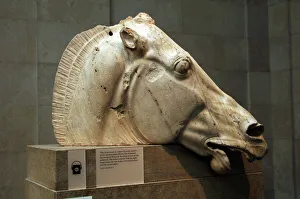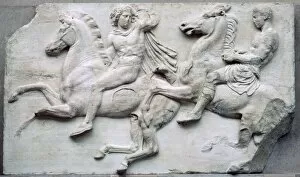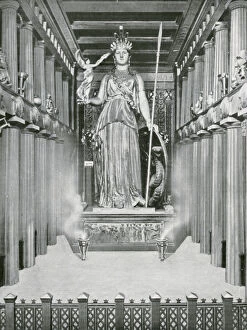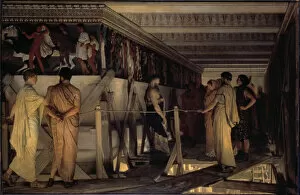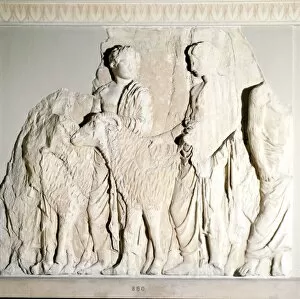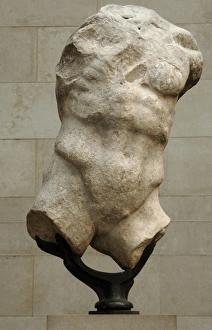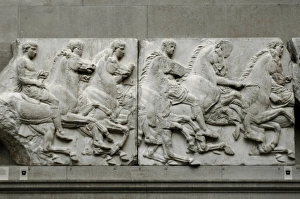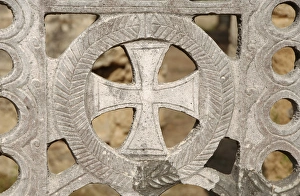Pheidias Collection
Pheidias, a renowned Greek sculptor from Athens, left an indelible mark on the world of art
All Professionally Made to Order for Quick Shipping
Pheidias, a renowned Greek sculptor from Athens, left an indelible mark on the world of art. His masterpieces can still be admired today in various locations across Greece. One such masterpiece is the head of a horse from the chariot of the Parthenon, showcasing Pheidias' exceptional attention to detail and craftsmanship. In another corner of Athens, within the West Pediment of the Parthenon, stands a figure of Hermes sculpted by Pheidias himself. This exquisite sculpture captures Hermes' grace and elegance, adding to the grandeur of this ancient architectural marvel. Moving along to the South Frieze of the Parthenon, we are treated to scenes from daily life during that era. Pheidias' intricate carvings depict peplos-bearers and participants in the Great Panathenaic procession. These reliefs offer us a glimpse into Athenian society at its peak. The Elgin Marbles housed within the Parthenon also bear witness to Pheidias' genius. Among them is Cavalcade on the South Frieze - a breathtaking depiction that showcases his ability to bring movement and life into stone. Not limited to just sculptures, it also influenced other artistic mediums like lithography. The Zeus lithograph portrays divinity personified with unparalleled grandeur and magnificence. Paying homage to his talent for capturing motion in static forms is Apollo Citarista - a bronze statue that demonstrates his mastery over representing musicians frozen mid-performance. The Statue of Olympian Zeus crafted by Phidias using gold and ivory remains one of his most celebrated works till date. Its sheer size and intricacy make it an awe-inspiring sight even after centuries have passed since its creation. However, perhaps none surpasses The Statue of Athene as Pheidas's magnum opus; it radiates beauty within her chosen shrine – a testament to his ability to breathe life into stone.

